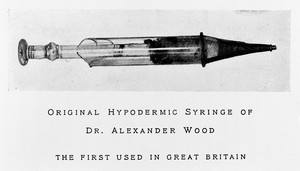
(Dr. Alexander Wood's hypodermic syringe, Wellcome Collection)
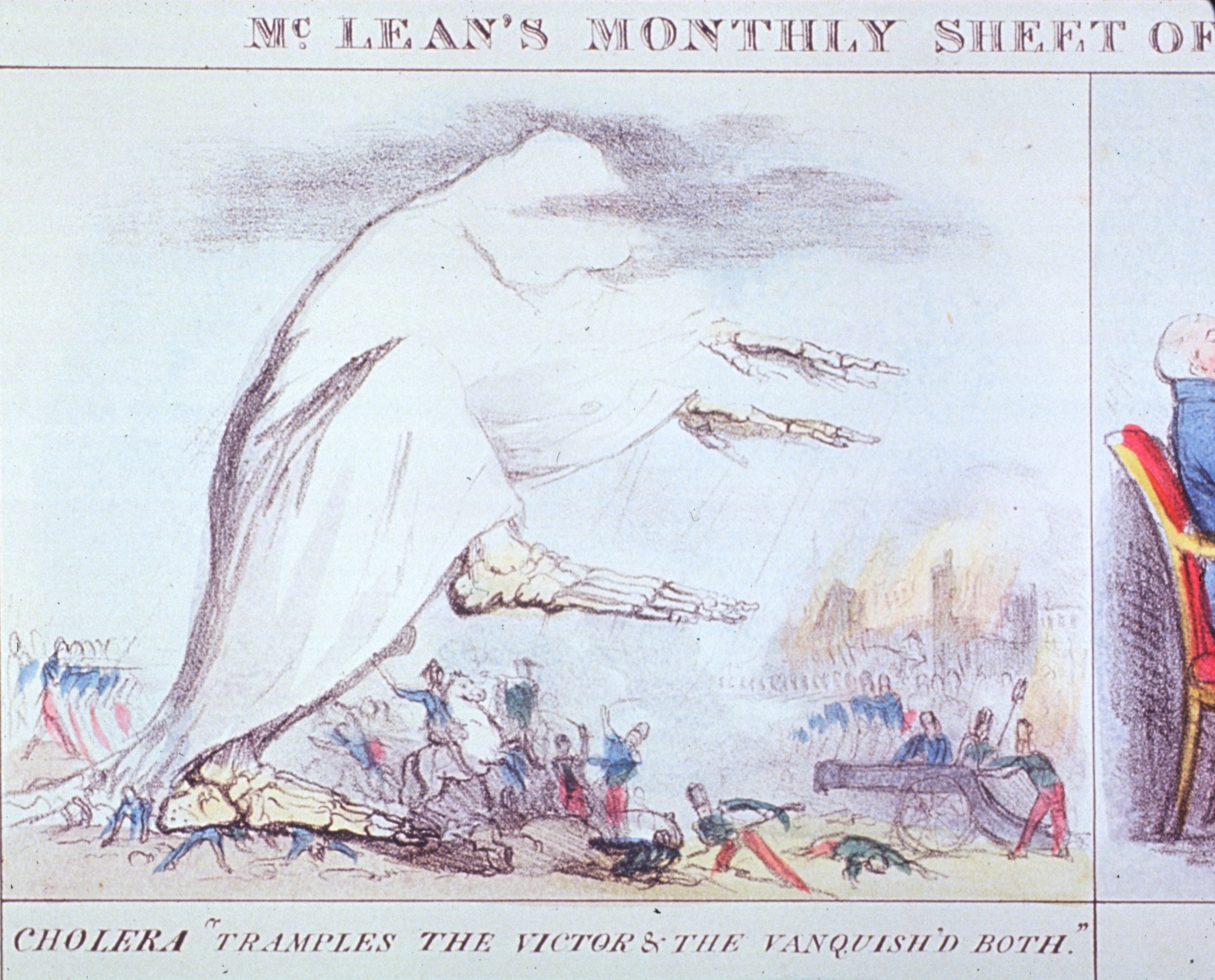
(Cholera outbreak illustration, 1831, National Institute of Health)
The miasma theory was a major disease theory until the 19th century. Rapid industrialization at the time created filthy neighborhoods that were the major areas of disease. Foul smells were a characteristic of the poisonous vapor that the theory claimed was the cause. When sanitation reformers would come and clean up centers, they removed the bad smells' causes and unintentionally removed the bacteria that caused the disease. Since they did not know about harmful microbes and did know that foul scents were a characteristic of miasma theory, it had made sense.
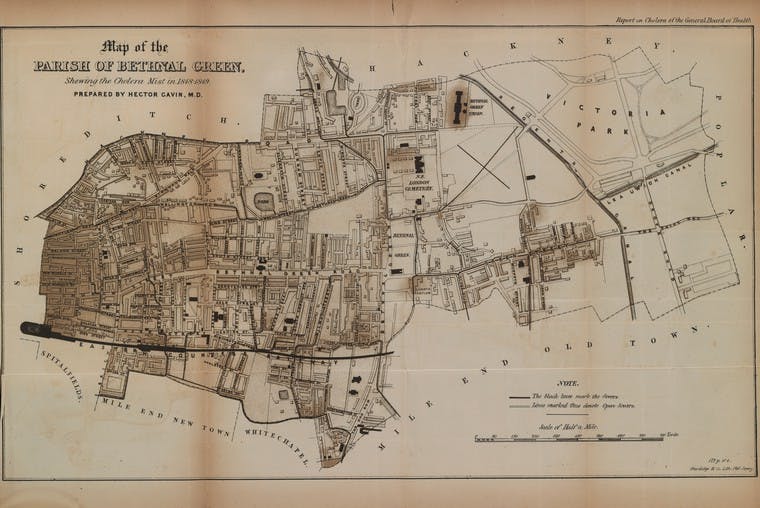
(Map of the Parish of Bethnal Green, Wellcome Collection)
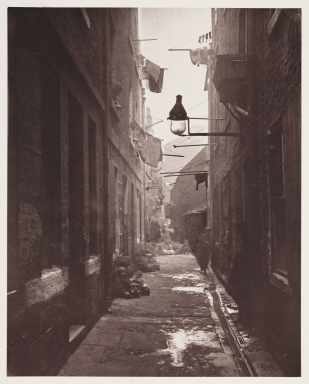
(A street in Glasgow, 1868, Science Museum)
The scientific revolution of the 1600s changed perceptions on valid research, which impacted scholars in the centuries to follow. Practices still used today, such as the publishing of scientific journals, became commonplace during the 1800s. Institutions and laboratories for research also became more common in the 1800s. As a result of these establishments devoted to research, experimentation became an essential part of scientific research. Scientific instruments also improved in quality. For example, the microscope's images improved greatly when Joseph Jackson Lister combined lenses and spaced them at particular distances to create clearer images. Dr. Alexander Wood began the usage of the hypodermic syringe, which was then adopted universally in the community.

(Dr. Alexander Wood's hypodermic syringe, Wellcome Collection)
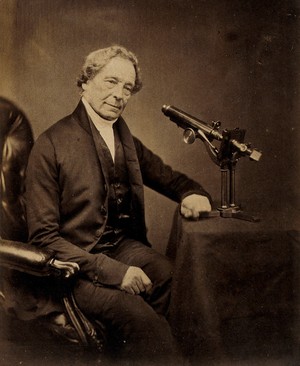
(Joseph Jaskson Lister, Wellcome Collection)
NEXT: Louis Pasteur